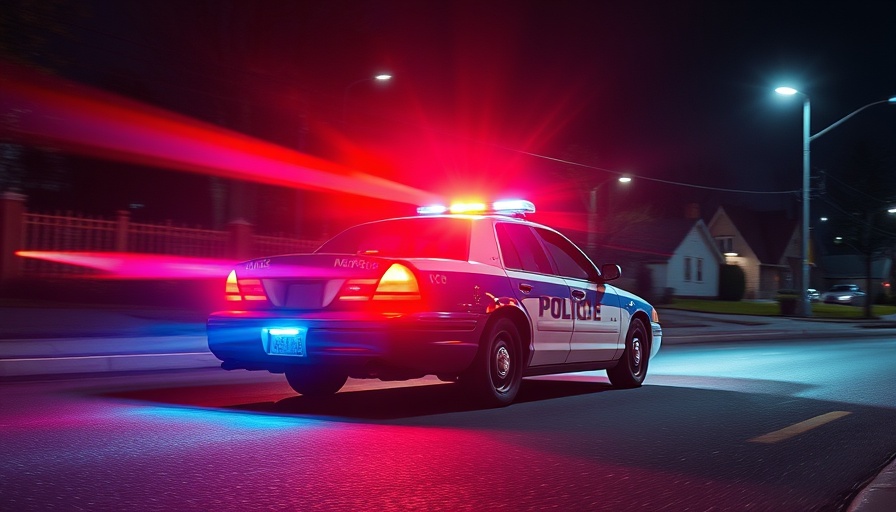
Officers Under Fire: A Tense Confrontation in Chautauqua County
The New York State Attorney General’s Office recently released body-camera footage from June that vividly illustrates the critical and dangerous conditions officers often face. In an incident that unfolded in the Town of Mina, Chautauqua County deputies were called to respond to a domestic disturbance. Upon arrival, they encountered a 66-year-old man armed with a long gun, who startlingly fired a shot into the air, escalating the situation to a dangerous standoff.
The Shootout: A Moment of Life or Death
The video, which has become a focal point in discussions surrounding police use of force and officer safety, shows deputies issuing over twenty commands to drop the weapon. Yet, despite their numerous warnings, the man refused to comply. The situation deteriorated rapidly when gunfire erupted, lasting approximately 30 seconds. In this exchange, one deputy was struck in the hand while both officers returned fire, ultimately leading to the man's death.
Implications for Law Enforcement Policies
Incidents like these underscore the ongoing discussions regarding police training, the use of body cameras, and community relations. Organizations and policymakers are reevaluating their approaches to managing situations where tensions can escalate rapidly. This particular incident serves as a case study in the challenges faced by deputies in the field and highlights the consequences of how information gathered by body cameras can be vital for both accountability and transparency.
Learning from Tragedy: The Need for Comprehensive Training
In the aftermath, law enforcement agencies must leverage such incidents as learning opportunities to enhance training programs. Training strategies that emphasize de-escalation techniques and officer wellness—integral components of public safety—are more important than ever. They must focus not only on physical preparedness but also on mental health support for officers who experience traumatic events.
Building Community Trust Through Transparency
Moreover, the integration of technology like body cameras into police operations is critical for fostering transparency in law enforcement. By sharing recordings with the public, departments can better engage with communities and demystify complex interactions between officers and civilians. These actions can play a significant role in building community trust, addressing fears surrounding police shootings and use of force.
Final Thoughts: Advocating for Policies That Protect Both Officers and Civilians
As law enforcement agencies navigate the future, proactive measures must be adopted to ensure officer safety while simultaneously protecting the residents they serve. This delicate balance is fundamental to building healthy police-community relations and advancing police reform. Policymakers, department leaders, and community members must collaborate on strategies that prioritize accountability and transparency in police operations.
This incident not only brings forth pressing questions about law enforcement practices but also the importance of robust officer training that prepares them not just for physical confrontations, but for effective communication and conflict resolution in high-stress scenarios.
 Add Row
Add Row  Add
Add 

 Add Element
Add Element 


Write A Comment